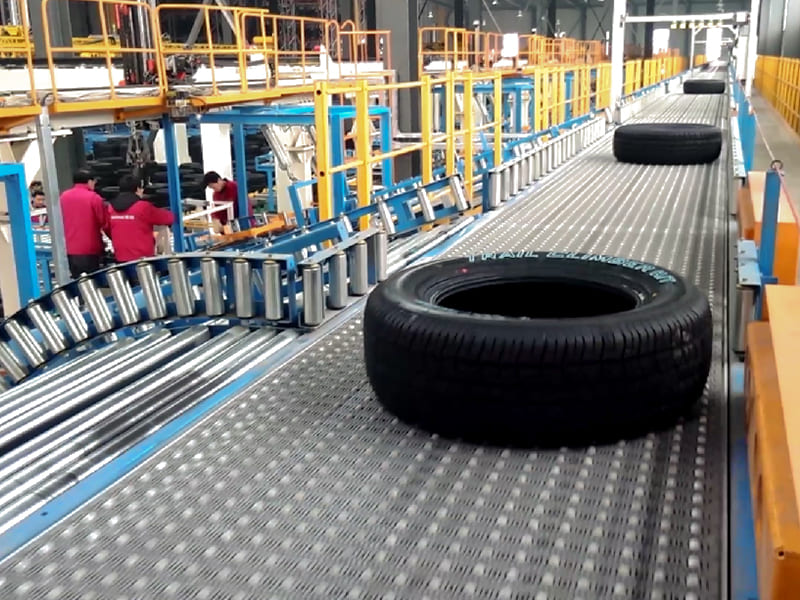

Conveyor belts are the most versatile, yet simplest machines used across numerous industries. These tireless loops of material silently transport a vast array of products. From delicate jewelry to heavy mechanical equipment these belts stand crucial. Let’s understand the different types of conveyor belts and functionality to optimize businesses operations.
A conveyor belt is a continuous loop driven by one or more pulleys to transport goods. Known to be one of the simplest conveyor belts used for material handling it ensures smooth moment. The system is powered by an electric motor with the drive pulley. This provides the necessary force to move the belt.
What Are The Factors of a Conveyor System?
Drive Pulley primarily controls and drives the belt.
Idler Pulley is a non-powered pulley. It is responsible for supporting the belt and maintaining tension.
Electric Motor powers the drive pulley to move the belt.
Rollers provide support for the belt, minimizing friction and ensuring smooth operation.
Types of Conveyor Belts
Each Conveyor belt is designed for specific applications and industry. Here are some frequently used types:
1. Roller Bed Conveyor Belt consists of rollers placed underneath the belt to reduce friction. This leads to easier shifting of heavy items. Roller belts are ideal for carrying heavy products in warehouses.
2. Flat Belt Conveyor Belt are series of pulleys, used in manufacturing, packaging, and food processing industries.
3. Cleated Conveyor Belt have sections or pockets to hold products securely. This comes handy when the belt is on an incline or decline. These belts are used in manufacturing industries and agriculture and mining.
4. Curved Conveyor Belt are made to turn at various angles (45°, 90°, 135°, and 180° angles). They are designed to carry products that have rough edges making it suitable for airports and distribution centers.
5. Incline or Decline Conveyor Belt have rough surfaces to save materials from slipping. These belts are useful to move materials vertically or horizontally in warehousing and food processing industries.
6. Timing Conveyor Belt are mainly used for precision indexing as well as product placement. They have teeth that match the pulleys, ensuring accurate movement and placement of products. These belts are commonly used in packaging industries.
Advantages of Conveyor Belts

Conveyor belts offer numerous benefits for businesses. Few such advantages include:
They enable continuous, automated movement of materials while increasing productivity.
By automating material handling, conveyor belts reduce labor costs. Which then minimizes the risk of product damage.
Conveyor belts also provide a reliable means of transporting materials.
They improve workplace safety by reducing the need for manual lifting. This becomes crucial while handling heavy or hazardous materials.
Applications of Conveyor Belts
Conveyor belts streamline material handling while minimizing labor cost. They are used in industries such as:
Conveyor belts transport raw materials to finished products to support manufacturing operation.
In food processing, they are designed to meet strict hygiene standards.
From mines to processing plants, conveyor belts move ore, coal, and other bulk materials. They’re also crucial in bulk material handling industries for products like grain, sand, and gravel.
Essential for airports, conveyor belts efficiently move luggage, cargo, packages.
Streamlining operations in warehouses and retail stores, conveyor belts transport products from storage to packing and shipping stations.
While Belt Conveyors are an optimum solution across industries, one can choose from a wide range of types suitable for a specific industry. Conveyor belts help businesses optimize operations and streamline material handling.
ALSO READ :-
Understanding the Functions of Conveyor Belt
Understanding Belt Conveyors: What They Are and Why They Matter
Why Choosing the Right Belt Conveyor Manufacturer Matters for Your Business


